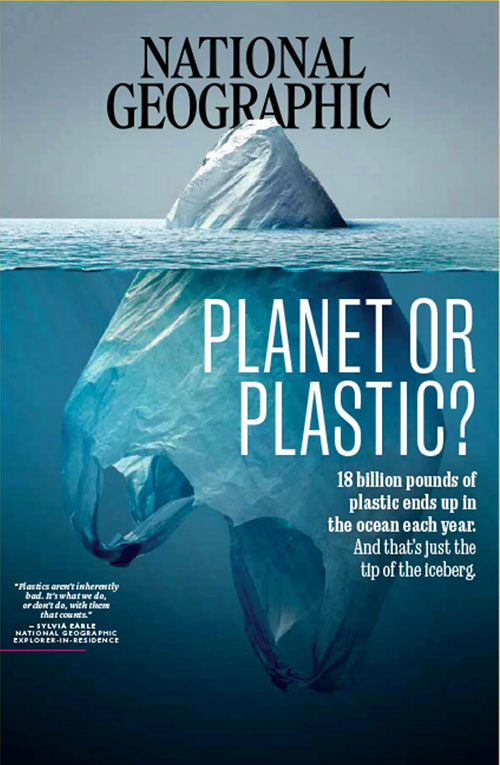
Earth Day originated in 1970 after Sen. Gaylord Nelson from Wisconsin witnessed the ravages of the 1969 massive oil spill in Santa Barbara, California. He hoped it would force environmental protection onto the national political agenda. It did lead to the creation of the Environmental Protection Agency, the passage of the Clean Air Act and a dialogue on a host of issues. In our time it focuses on climate change
The theme in 2024 is “Planet vs. Plastics”. The organizing arm earthday.org has the main goal of a 60% reduction in the production of plastics by 2040.
To achieve a 60% reduction by 2040, earthday.org goals are: (1) promoting widespread public awareness of the damage done by plastic (2) rapidly phasing out all single use plastics by 2030 and achieving this phase out commitment in the United Nations Treaty on Plastic Pollution in 2024 (3) demanding policies ending the vast amount of plastic the fashion industry produces and uses (4) investing in technologies to build a plastics-free world.
Plastics are a threat to human health. As plastics break down into microplastics, they release toxic chemicals into our food and water sources and circulate through the air we breathe.
Scientists have found microplastics — or their tinier cousins, nanoplastics — embedded in the human placenta, in blood, in the heart and in the liver and bowels. Plastics can also carry other chemicals not involved in their production: “hitchhikers” absorbed onto plastics and later potentially released into the human body.
The chemicals in plastics have been linked to a variety of issues, including reproductive harm and obesity, organ problems, and developmental delays in children. Ingesting these plastics causes cell damage, which could lead to inflammation and allergic reactions, and once consumed, removing microplastics from your body is not an easy process.
Plastics surround us with the use of plastic bags, plastic containers, packaging materials and garments. (70% from crude oil releasing microfibers ). The small fragments linger for centuries. Animals die from our distribution of plastics
Cigarette butts (whose filters contain tiny plastic fibers), food wrappers, plastic bottles, plastic bottle caps, plastic grocery bags, plastic straws and plastic stirrers are among the most common pollutants.
In 1950, the world produced 2 million metric tons of plastic; in 2019, that number had grown to a staggering 460 million tons. And when that plastic breaks down, it splits into tinier and tinier pieces that can slide more easily into the human body.
Plastics can take anywhere from 20 to 500 years to decompose, depending on the material’s structure and environmental factors such as sunlight exposure.
Less than 14% of plastic packaging is recycled. With plastics being composed of several different polymer types, it is nearly impossible to recycle different plastics together as they melt at different temperatures.
Additionally, to be recycled properly, plastics need to be separated. This is not only time consuming, but costly.
Links
1. Disposable plastics
2. Single use plastics
3. Ocean plastics
4. Microplastics
5. Threat to human health
Take action
1. Sign the Global Plastic Treaty
2. Educate yourself on plastics
3. Reject fast fashion
4. Take a Plastic Quiz
